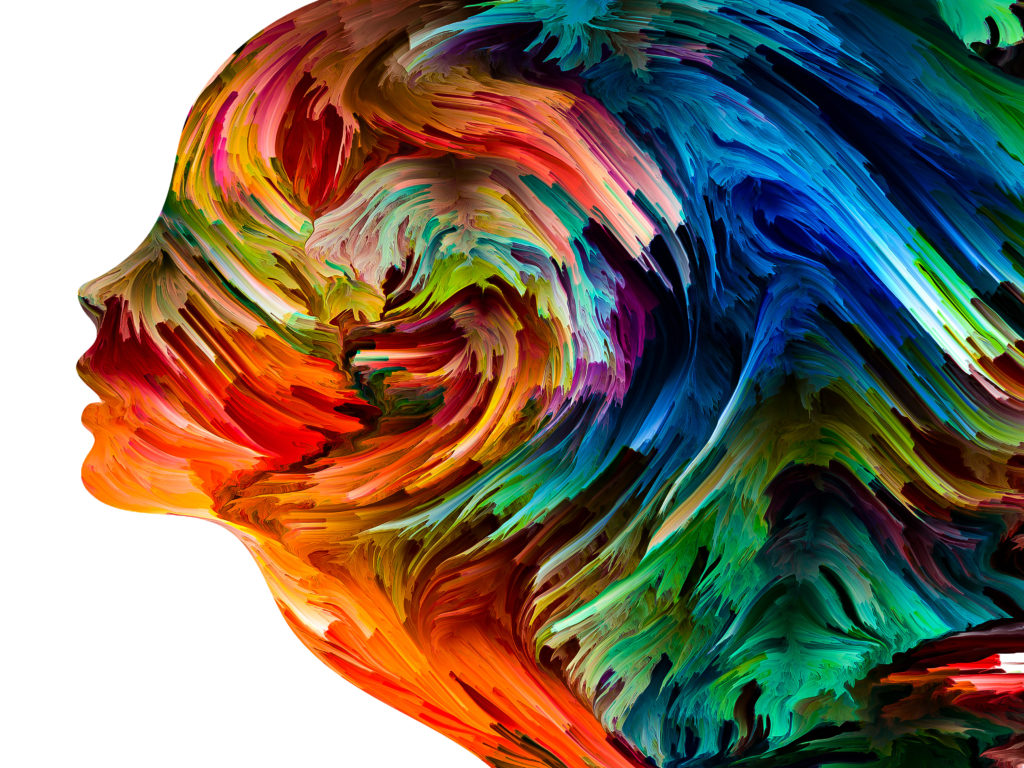
Today’s interior design is ever-changing. Many homeowners are being more expressive in their design by adding more personal touches to their homes. In fact, designers believe that our homes are an outlet in which we can express ourselves. The music we enjoy, the way we dress, and even our interior design styles can say a lot about us. However, did you know color has psychological references as well? The colors we are adding to our homes all have meaning. Today, we are going to take a look at some of the most popular colors in homes to analyze what they say about you.
Pink
This color is a compassionate tone. It can be associated with femininity but is slowly becoming more gender-neutral. It evokes kindness and empathy into the atmosphere, and it is known as an innocent color that does not feel aggressive in a room.
Brown
From walnut, coffee, mocha, and even woods, this earthy tone can be expressed through many shades. It feels organic, which makes a room feel more secure and grounded. Being a neutral-based color, brown feels approachable and wholesome in any room.
Red
Red is an extremely bold color! It can make a room feel warmer and add more energy to the space, making for a more exciting environment. However, if it is used too much in a room, it can feel aggressive. Using this color can be great for stimulating a passionate atmosphere or used in another area to make a daring and dynamic statement.
Black
Pure black can feel quite sophisticated. It makes for creating a strong and authoritative atmosphere. It can absorb light, making a room feel darker, which makes for a more mysterious-feeling environment as well.
Blue
Feel confident by adding blue to a room and make a cool-toned space. It is very soothing and evokes calmness and serenity. This peaceful color is perfect for reducing stress and makes for a great area to reflect and relax.
While color psychology is subjective, these expressions are general ideas. Did you know these colors’ psychologies before you read this article? If not, what do the colors in your home say about you? Remember that combing colors or using more versus less of specific colors can influence different thoughts or feelings about your environment. If you are looking to add more color to your home, consider some of these color psychologies. They can help you personalize your space and tailor it exactly how you want it to feel. Make sure to check out the second part of this series to explore even more colors!
